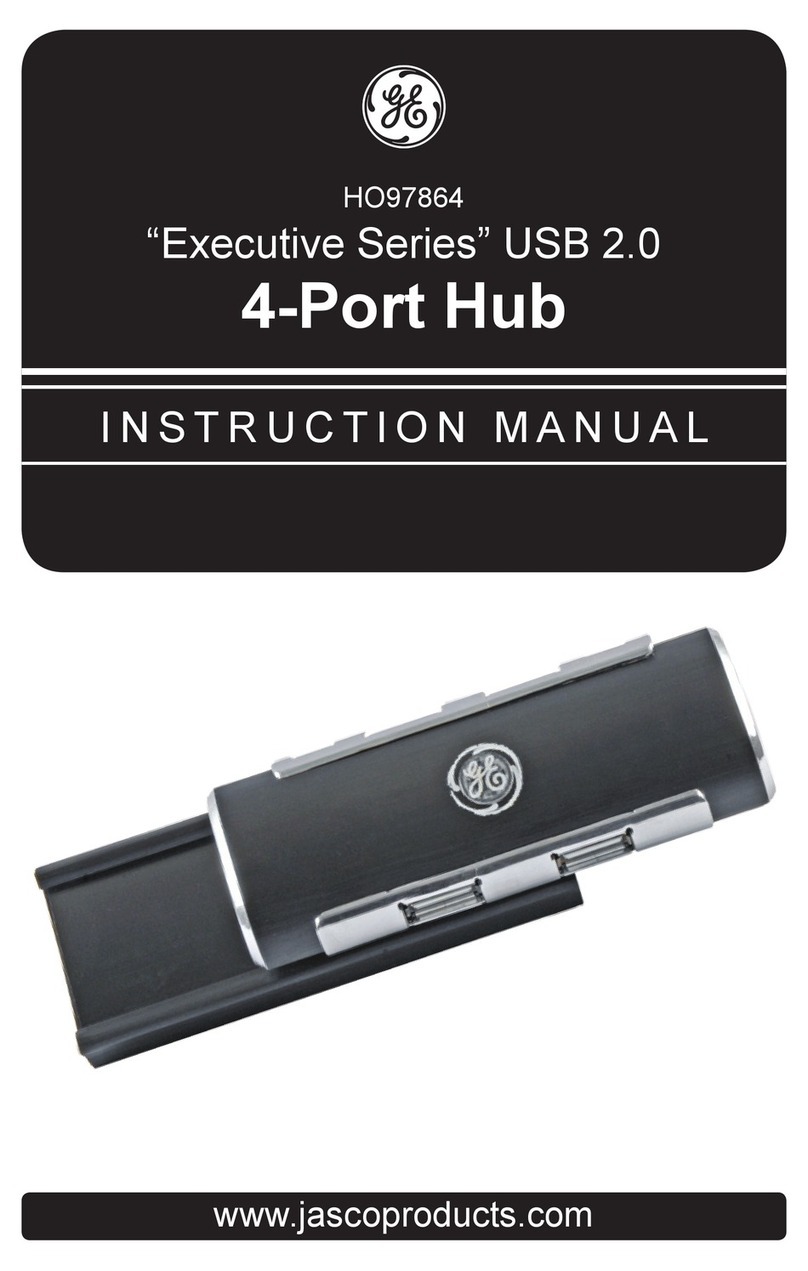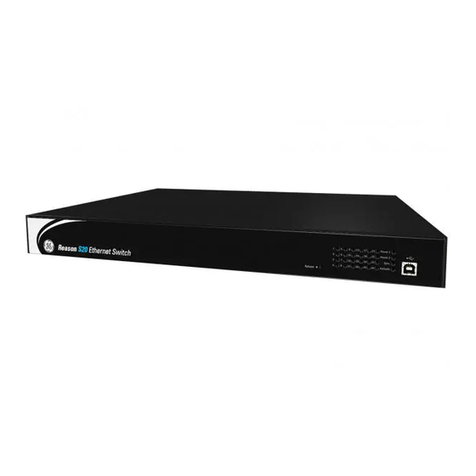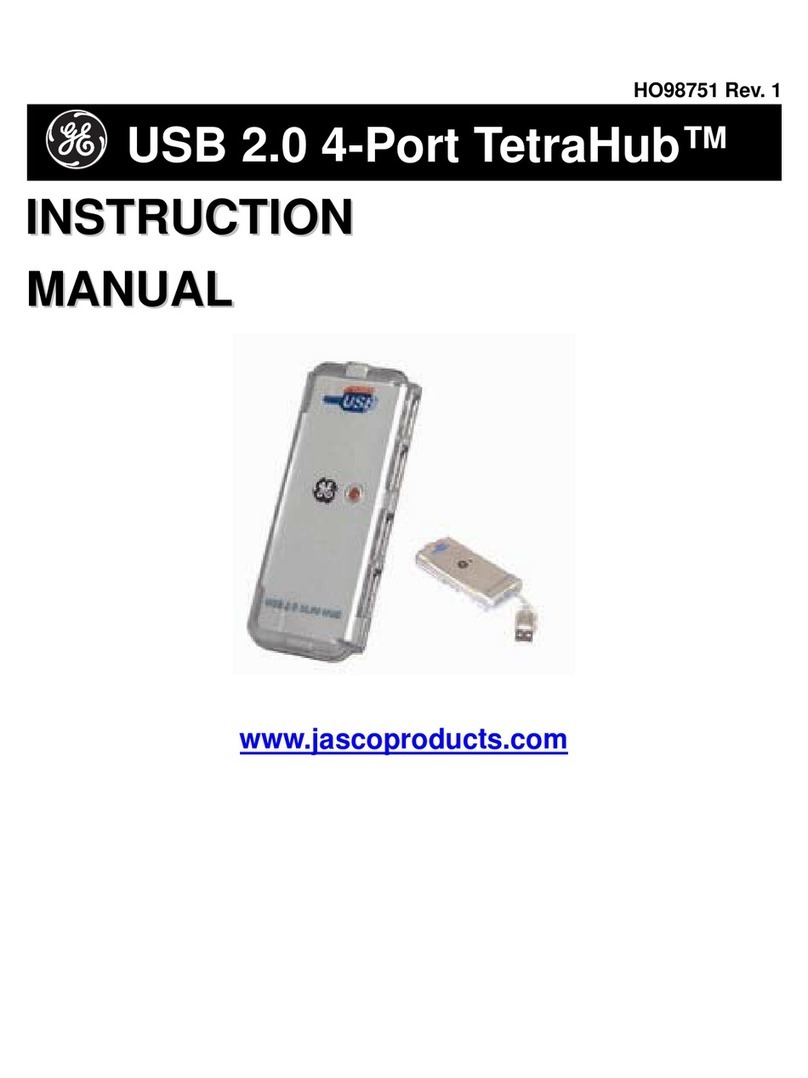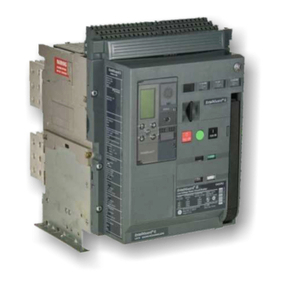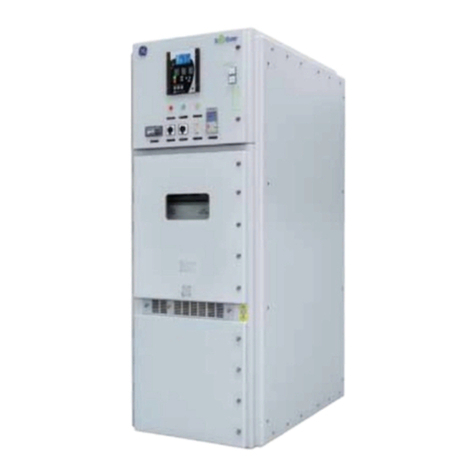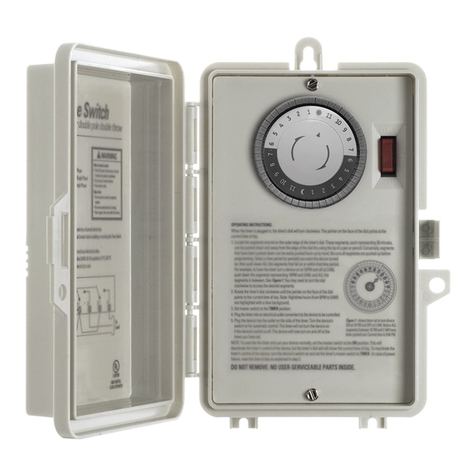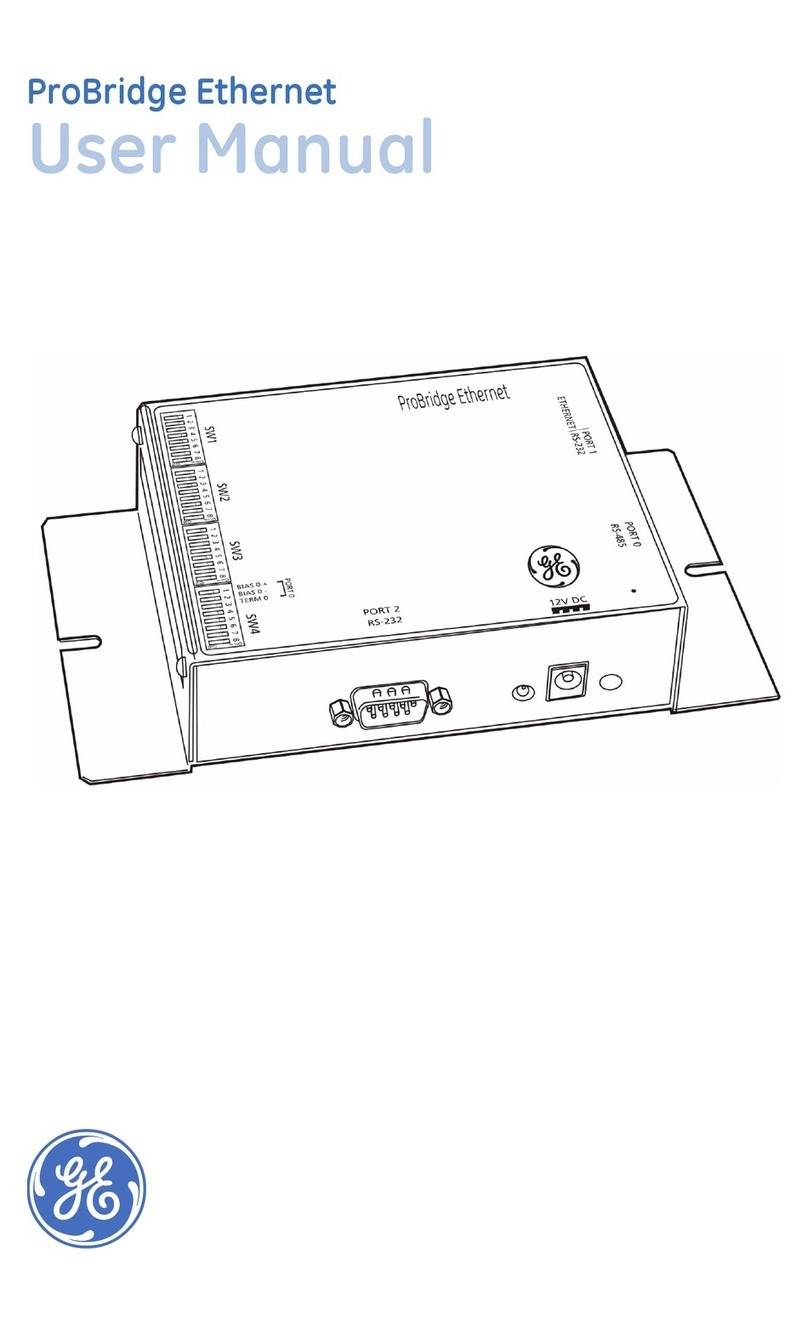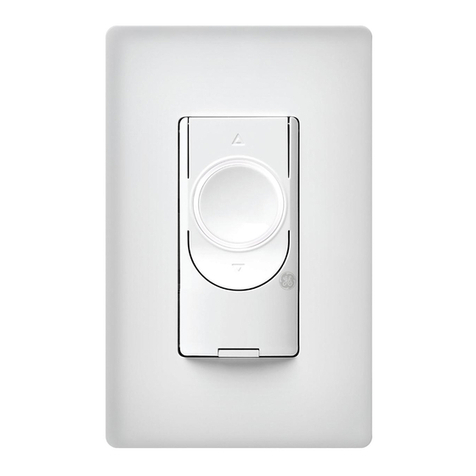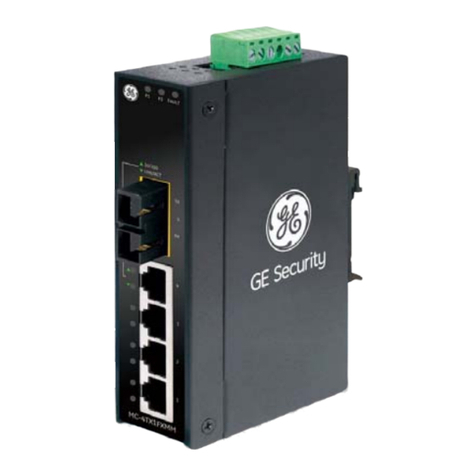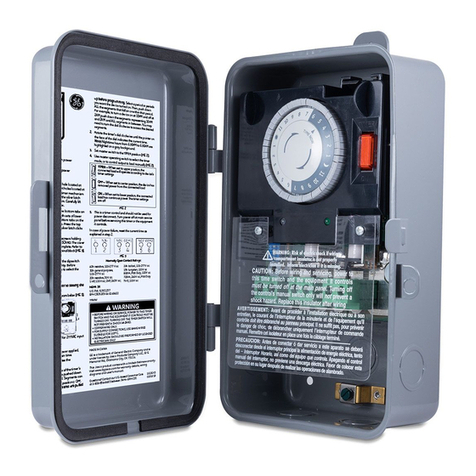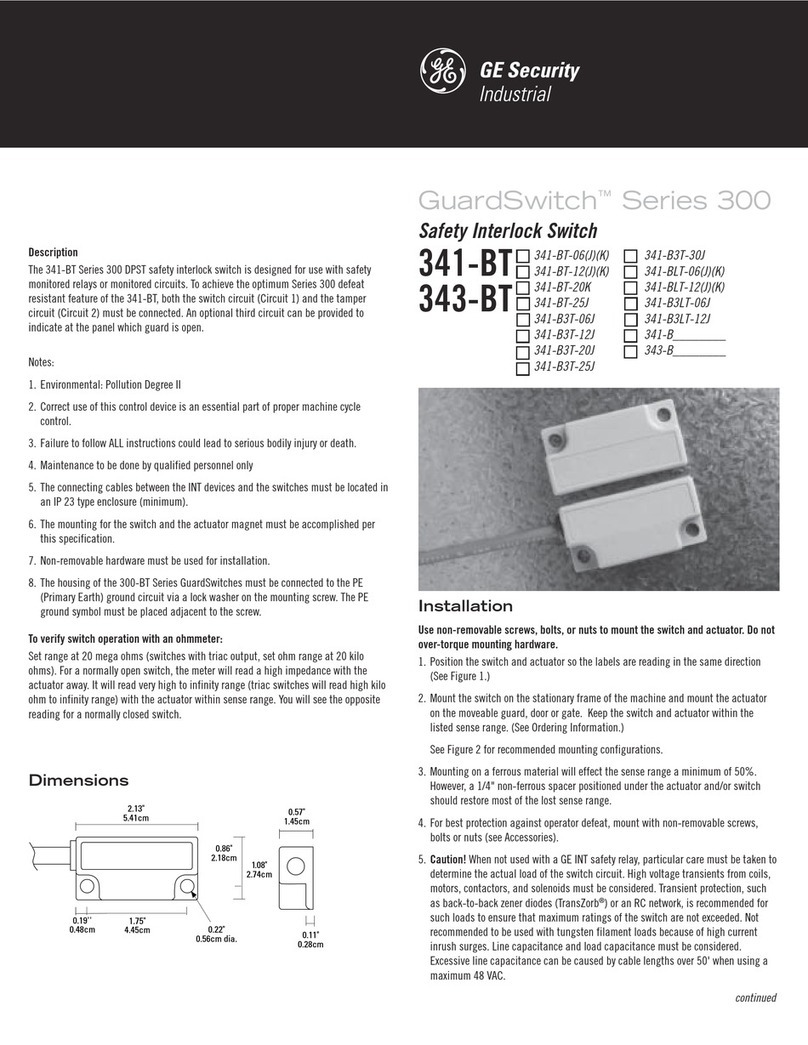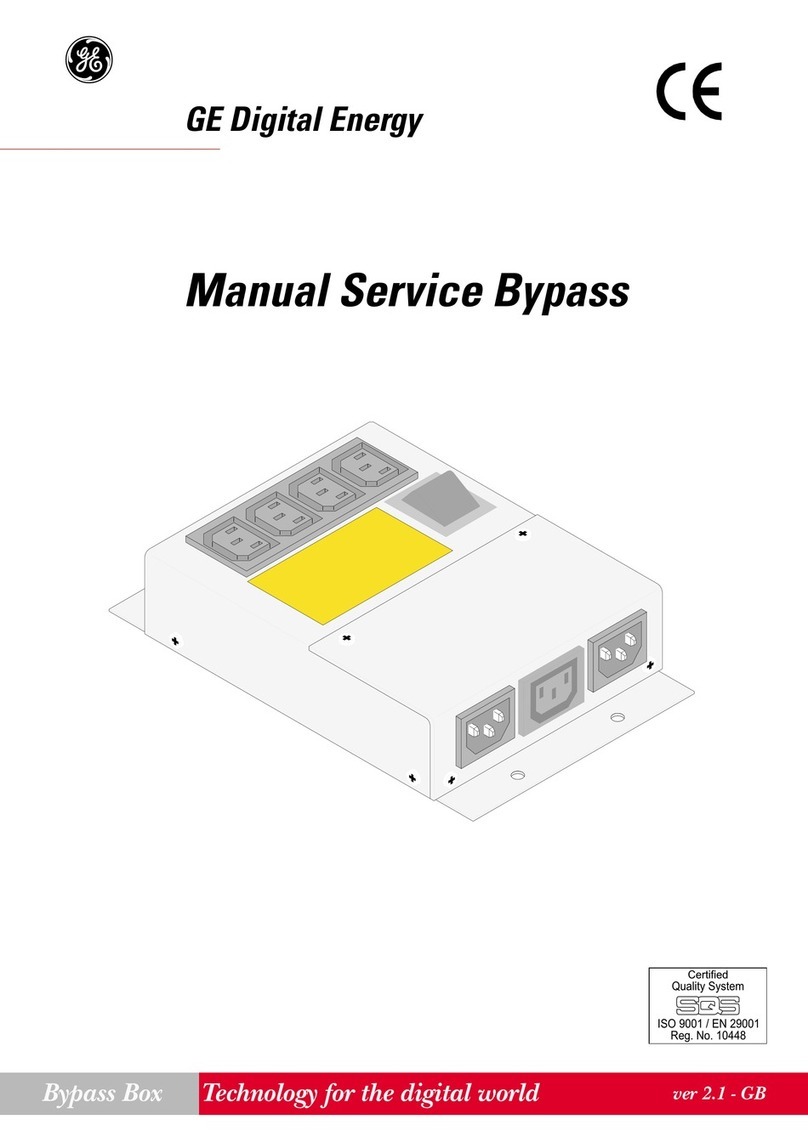
DEH40391 Installation Instructions R01
g
Power Break®Circuit Breakers
Power Management Upgrade
Application
These kits provide the wiring and switches required for a
Power Break circuit breaker to use power management
trip unit features. The kit catalog numbers are TPSP for
800–2000 A stationary breakers, TCSP for 800–2000 A
draw-out breakers, TPLP for 2500–4000 A stationary
breakers, and TCLP for 2500–4000 A draw-out breakers.
The parts included in these kits are listed in Table 1,
Table 2, Table 3, and Table 4.
The numbers in brackets in the following instructions and
figures refer to the item numbers in these tables.
Item Part No. Description Qty.
1 10086637G1 Terminal board assembly 1
2 N701P1708B6 Thread-forming screw,
#10-16 x 1/2
2
3 286A8112P1 Barrier (not used) 1
4 567B262G36 Auxiliary switch 1
5 793A765P2 Wire tie, small 6
6 793A765P3 Wire tie, large 8
Table 1. List of parts in the power management upgrade kits for 800–
2000 A stationary breakers, catalog number TPSP.
Item Part No. Description Qty.
1 10086637G1 Terminal board assembly 1
2 N701P1708B6 Thread-forming screw,
#10-16 x 1/2
2
3 286A8112P1 Barrier 1
4 567B262G42 Auxiliary switch 1
5 793A765P2 Wire tie, small 6
6 793A765P3 Wire tie, large 8
Table 2. List of parts in the power management upgrade kits for 2500–
4000 A stationary breakers, catalog number TPLP.
Item Part No. Description Qty.
1 10086523G1 Terminal board assembly 1
2 N701P1708B6
Thread-forming screw,
#10-16 x 1/22
4 567B262G36 Auxiliary switch 1
5 793A765P2 Wire tie, small 6
6 793A765P3 Wire tie, large 8
7 N722P16006B6
Thread-forming screw,
#10-32 x 3/82
8 TDOSVD907F Trip unit disconnect, breaker 1
9 TDOSVD12
Trip unit disconnect,
substructure 1
10 Incl. with [9] Spring 1
Table 3. List of parts in the power management upgrade kit for 800–
2000 A draw-out breakers, catalog number TCSP.
Item Part No. Description Qty.
1 10086637G1 Terminal board assembly 1
2 N701P1708B6 Thread-forming screw,
#10-16 x 1/24
3 286A8112P1 Barrier 1
4 567B262G42 Auxiliary Switch 1
5 793A765P2 Wire tie, small 6
6 793A765P3 Wire tie, large 8
7 N722P16006B6 Thread-forming screw,
#10-32 x 3/82
8 TDOSVD907F Trip unit disconnect, breaker 1
9 TDOSVD12
Trip unit disconnect,
substructure 1
10 Incl. with [9] Spring 1
Table 4. List of parts in the power management upgrade kit for 2500–
4000 A draw-out breakers, catalog number TCLP.
Installation
WARNING: Before beginning this procedure,
turn the breaker OFF, disconnect it from all
voltage sources, and discharge the closing
springs.
AVERTISSEMENT: Mettre le disjoncteur à OFF,
le débrancher de toutes les sources de tension et
déclencher les ressorts de fermeture avant
d'entamer cette procédure.
Preparing the Breaker
1. Turn the breaker off and discharge the closing
springs. Verify that the breaker indicator shows OFF.
2. Remove the breaker from its cubicle or substructure
and place it on a suitable working surface.
3. Remove the cover from the breaker according to the
instructions in GEH-4693 (800–2000 A applications)
or GEH-4694 (2500–4000 A applications).
4. On draw-out breakers, remove the side plate on the
side with the terminal board.
Installing the Kit
5. Disconnect the leads to the terminal board and
bracket assembly, shown in Figure 1.
6. Remove the two screws securing the terminal board
and bracket assembly to the breaker, then remove the
old terminal board. On 2500–4000 A breakers, also
remove the fiber insulation barrier.



